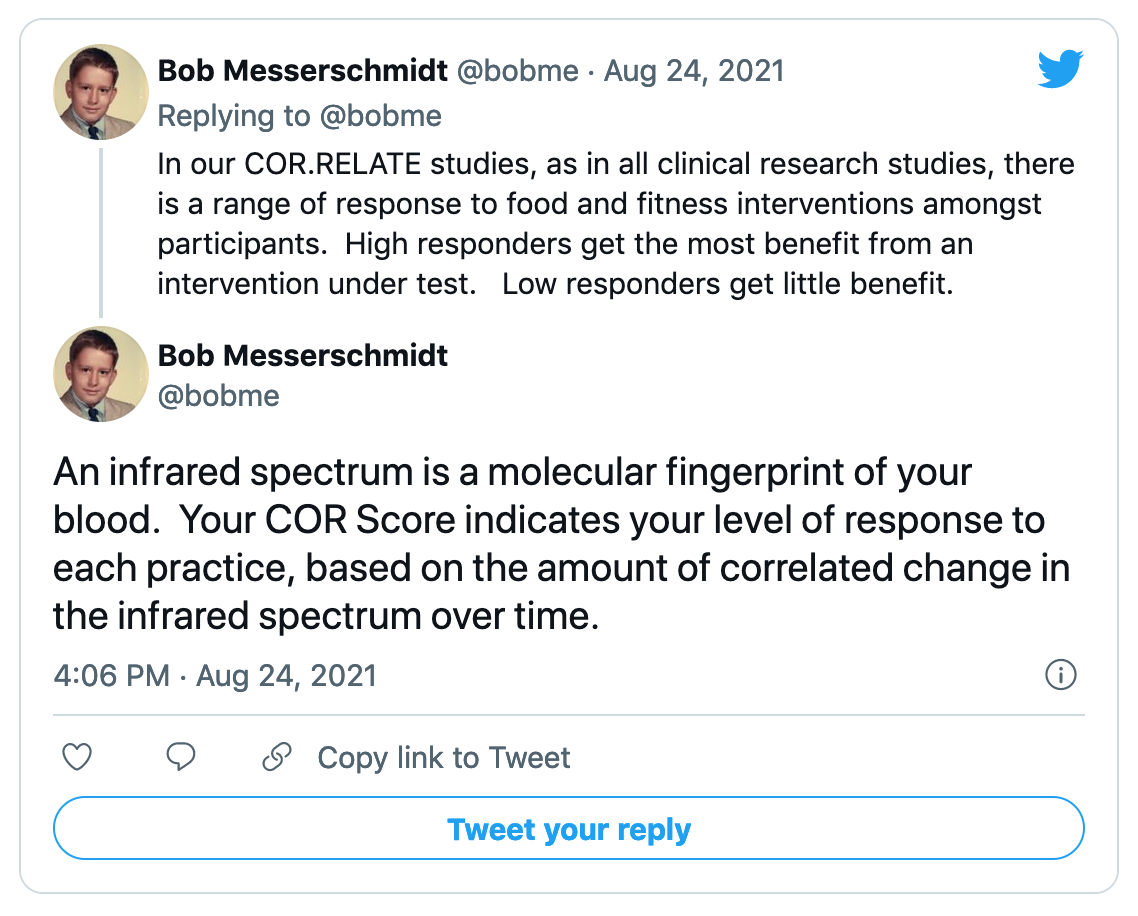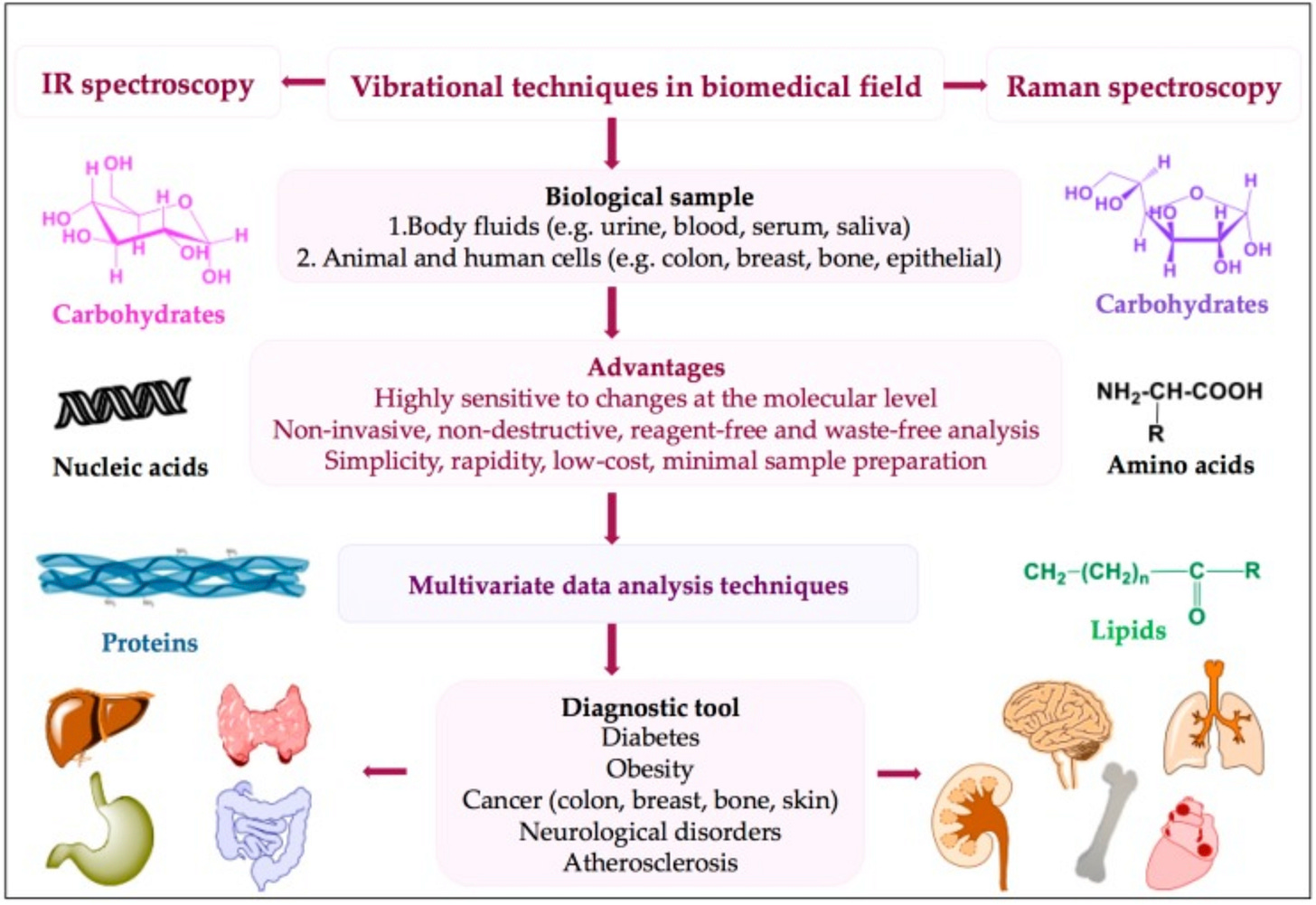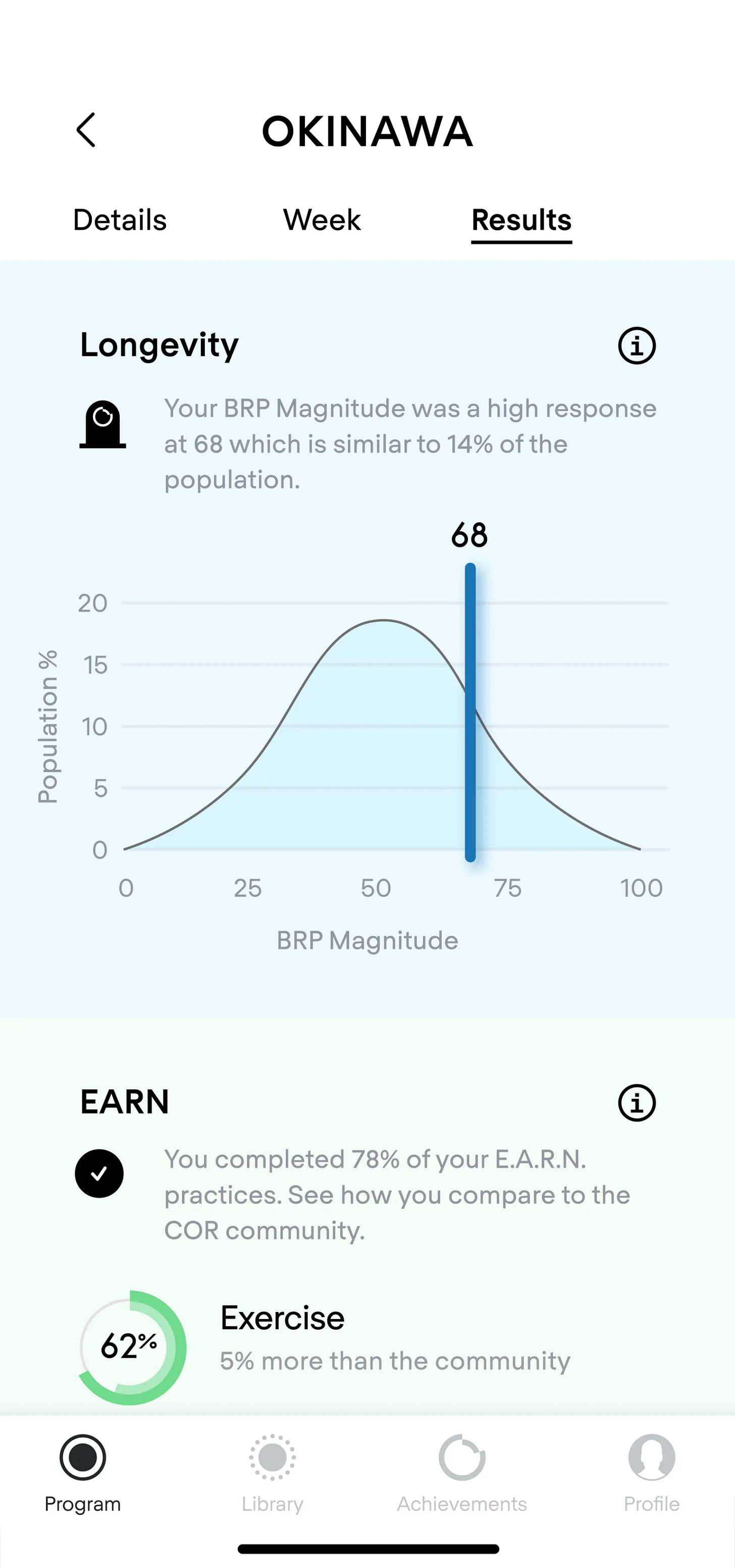Ex-Apple Watch innovator Bob Messerschmidt now leads COR, which makes a home console for analysing blood using infrared spectroscopy. The console pairs with COR’s app.
Regular “blood fingerprints” add up to a data series. The service COR provides is analysis in relation to a library of (longitudinal, or time series) reference response patterns, which COR has been building around data from trials of widely accepted health practices and interventions.
So, what exactly can IR scanning of whole blood reveal? The COR blog cites a 2019 paper1 that includes this diagram of the basic split between biosample measures possible with IR and Raman spec:
Now, consider COR’s outputs. Like so many offerings in the consumer health devices space, it looks like access to (raw or raw-ish) data is limited (very happy to be corrected on this). From what I can tell, the readouts are presented in relation to COR’s library data distributions, each of which is associated with a particular intervention.
The tech itself is pretty amazing - having this sort of capability available at home would seem to push the envelope on real-time insight into biological health (biostatus). And such insights are ultimately the prerequisite to individualized biostatus control.
But it’s not clear that COR users are - or will be - enabled to take advantage of the full power of the platform. Ideally, COR users would have the option of saving their raw time series data alongside the measurement specs; the current capability seems limited to capturing an aggregated ‘score’ which doesn’t play well with a user’s other raw datasets. The options for analysis would then extend beyond limited comparison with the specific libraries COR has compiled, while the user would be armed with more complete knowledge about what COR’s data does and doesn’t represent.
“Vibrational Spectroscopy Fingerprinting in Medicine: from Molecular to Clinical Practice“ Materials (Basel). 2019 Sep 6;12(18):2884. doi: 10.3390/ma12182884.



